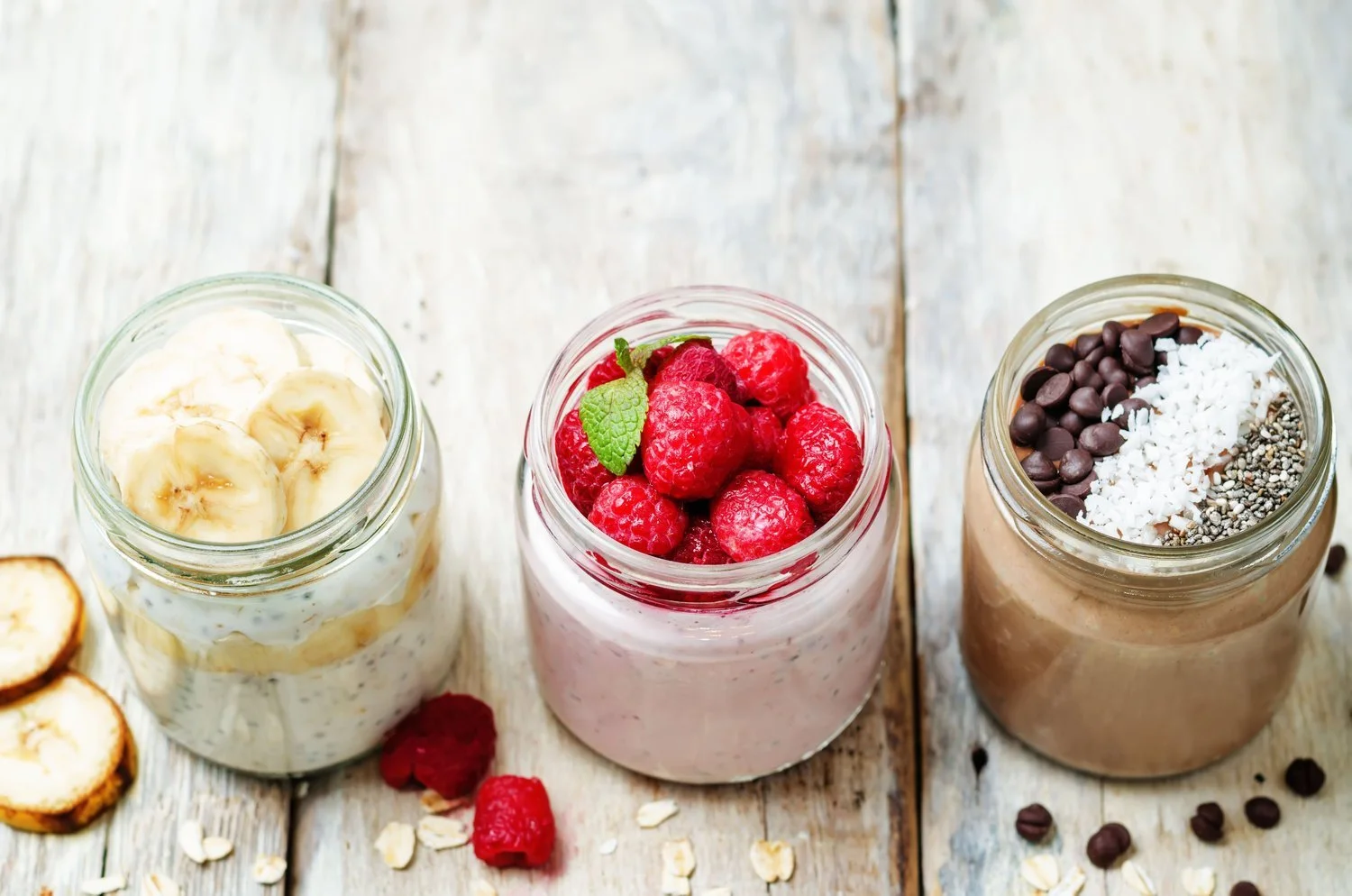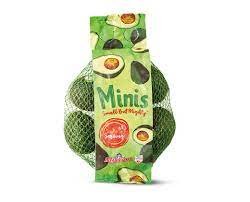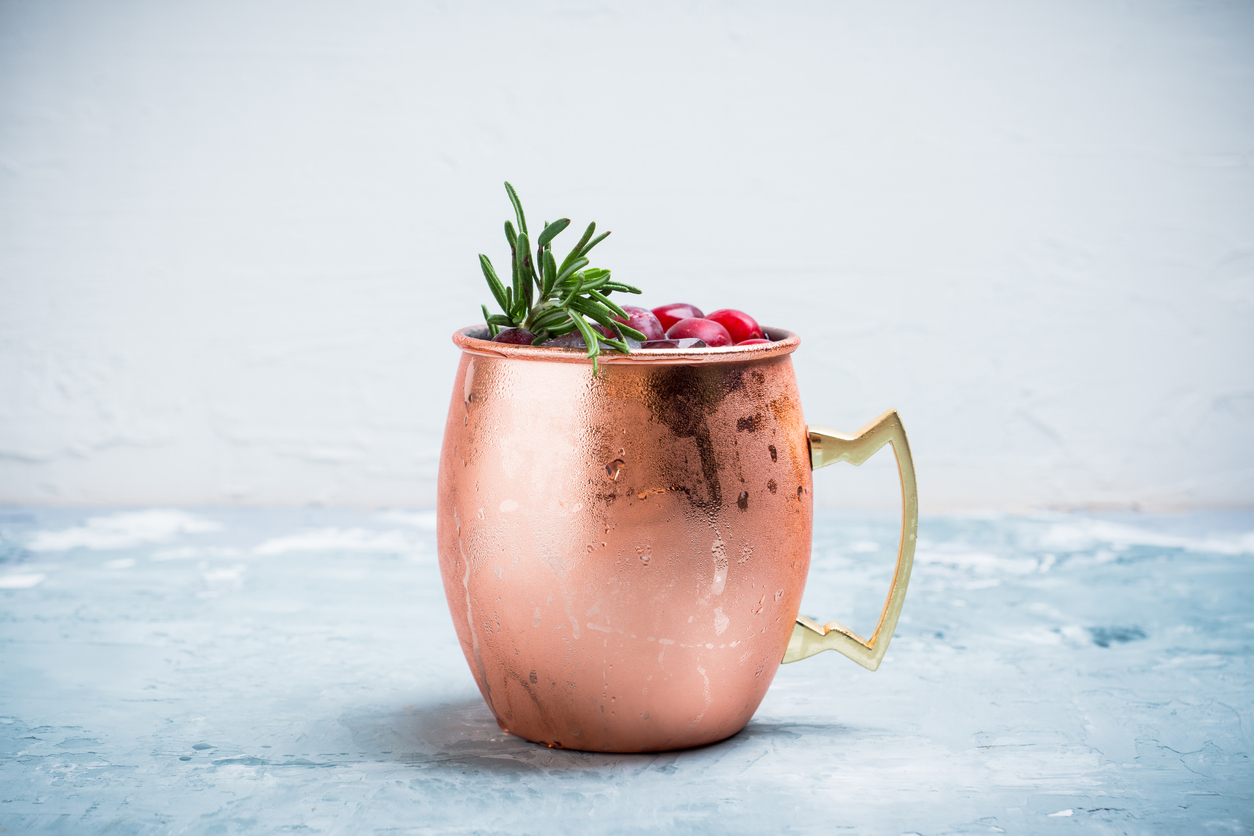Overnight Oats (Image Source: iStock)
Breakfast is the meal that gets your day started and overnight oats have a mix of carbs and fiber to deliver longer lasting energy.
Another bonus of overnight oats that they are convenient, and you can prep them ahead of time by making them the night before or even, making a couple of jars at a time!
Thanks for the samples Naked Oats! (Photo Credit: @lm_pics607)
BOOSTED-UP OVERNIGHT OATS
I was excited to find boosted-up overnight oat mixes, like Naked Oats (pictured here)! The biggest bonus of pre-mixed products like this is CONVENIENCE. It takes only 30-seconds to prepare* (OR LESS) because all you do is combine two scoops of the overnight oats mix and one cup of water or milk of your choice. Then refrigerate for at least five hours or overnight.
*Tip: For a thicker-texture overnight oats, use two scoops of the Naked Oats mix and decrease the liquid to 3/4 cup and refrigerate overnight.
NUTRITION HIGHLIGHTS
What I love about this product is the protein boost and that there is no added sugar!
The added protein is from a combination of whey protein, peanut flour, and chia protein. And it gains its sweetness from fermented sugar (Reb-M).
Per serving: Each serving delivers about 240 calories, along with 7 grams of fiber, 20 grams of protein, and no added sugar which will help to fill you up and provide longer lasting energy.
Naked Oats are also available in a variety of delicious flavor profiles, including Chocolate Peanut Butter, Cinnamon Roll, Green Apple Cinnamon, Blueberry Cobbler, Double Chocolate, and Strawberry Cream.
TOPPING TIPS
Here are some topping tips to add to overnight oats before serving!
Chocolate Peanut Butter - Fresh banana slices and a sprinkle of coconut
Cinnamon Roll - Fresh blueberries and a dash of cinnamon
Green Apple Cinnamon - Fresh apple slices and a drizzle of melted peanut butter
Blueberry Cobbler - Fresh berries and a drizzle of Barleans Seriously Delicious Omega-Swirl
Double Chocolate - Fresh raspberries and cocoa powder
Strawberry Cream - Fresh strawberries and a sprinkle of chia seeds
Disclosure: This is a sponsored post by Naked Oats and product samples were provided.































